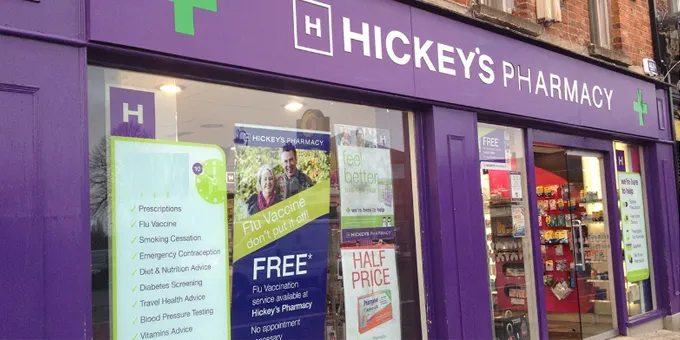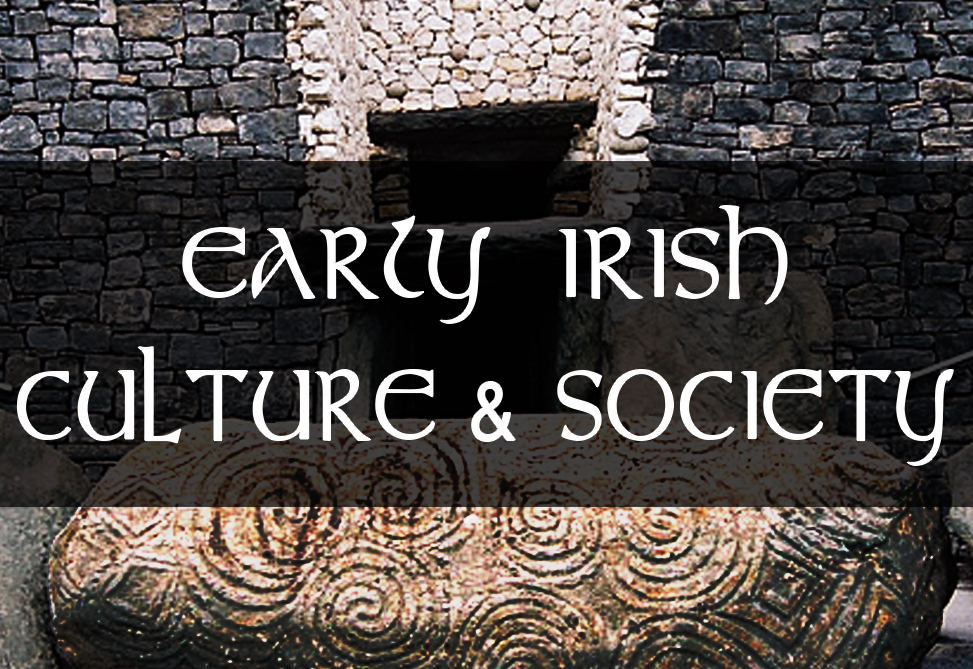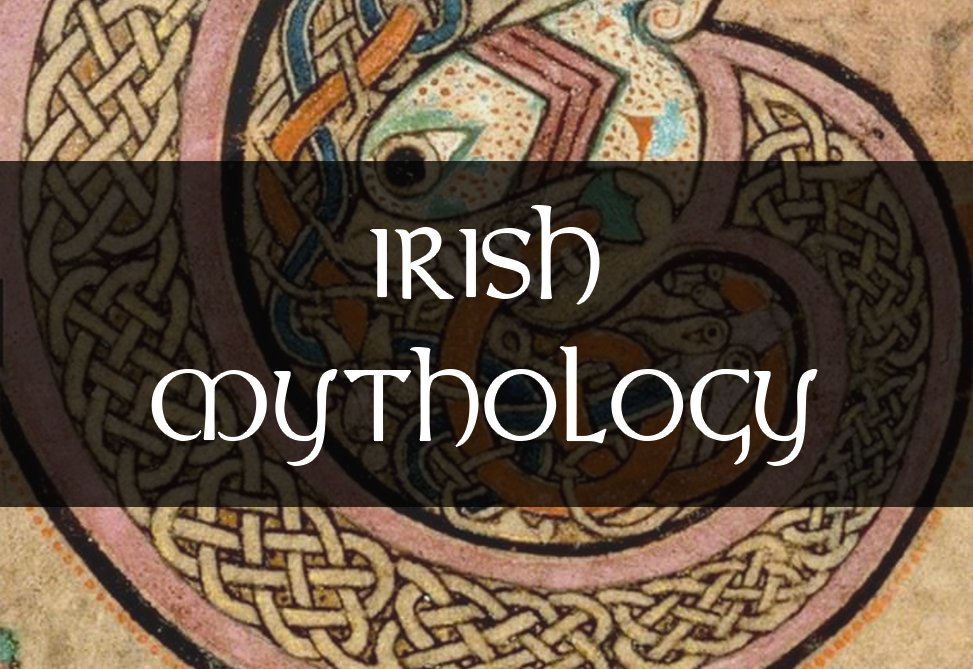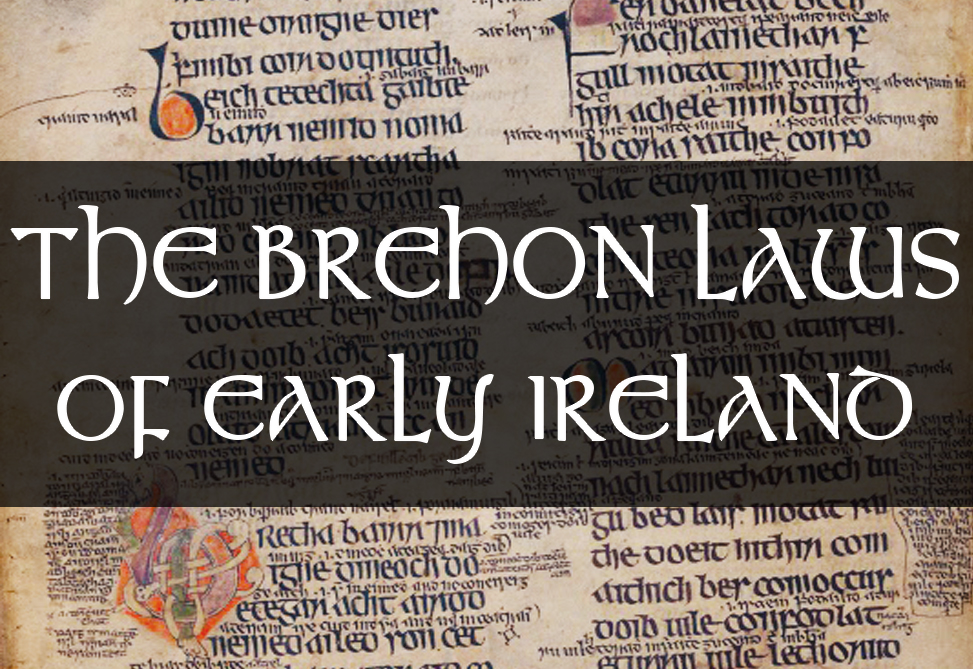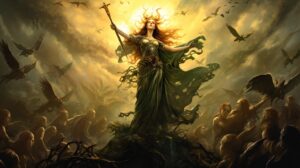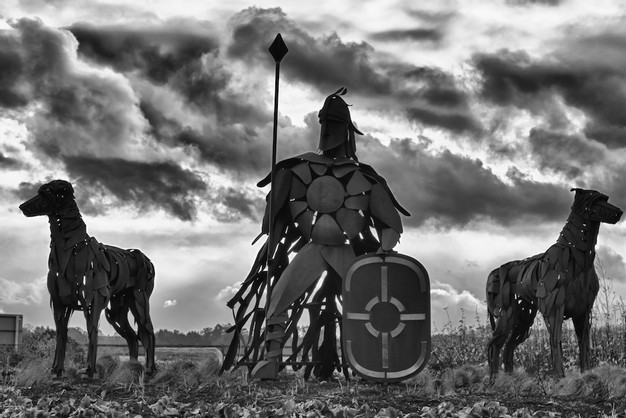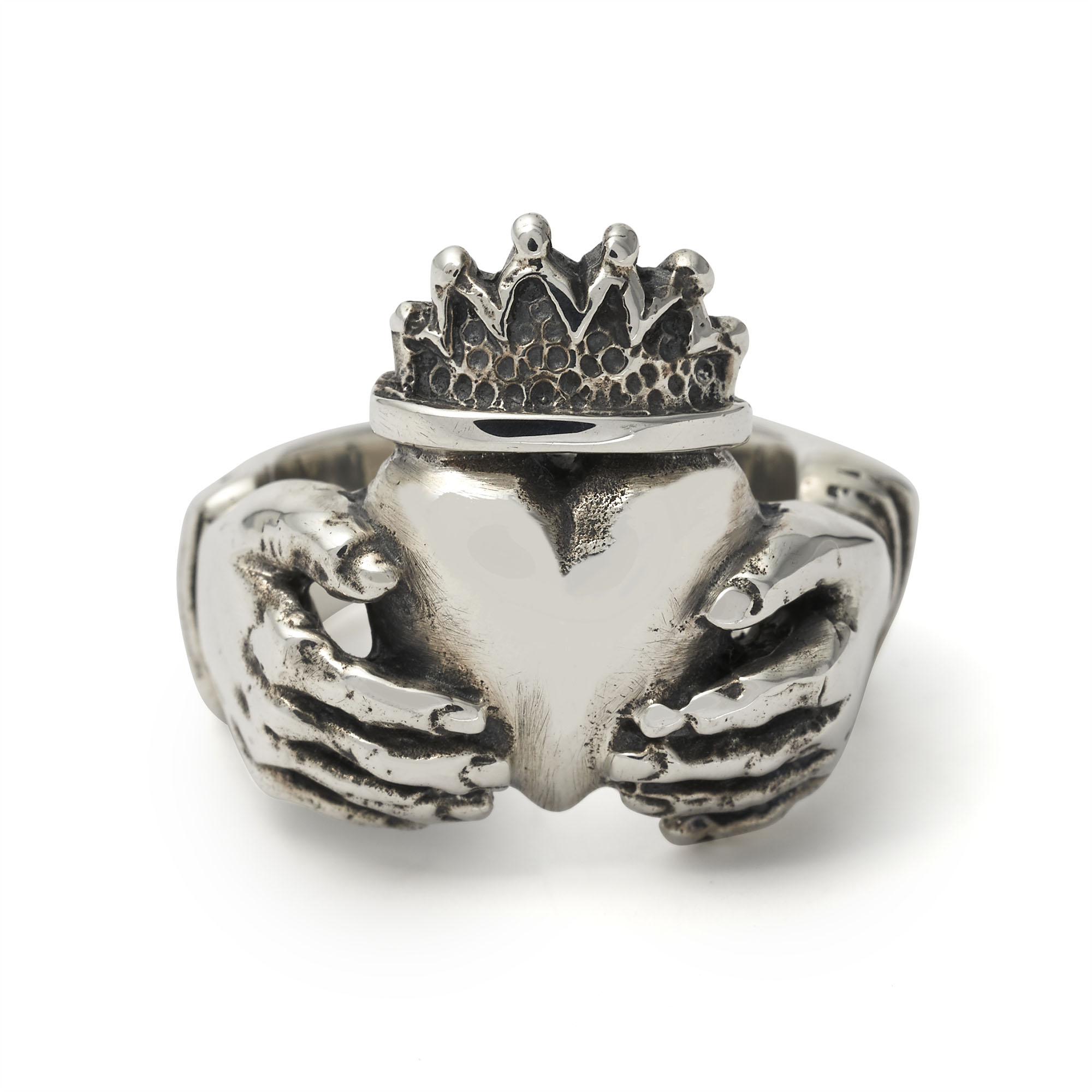For centuries, the O’Hickeys have served as Hereditary Physicians to the O’Briens, former Kings of Thomond (North Munster) and the descendants of King Brian Boru. The surname ‘Hickey’ is derived from the Gaelic family names O’Caigh or O’Icedhe, signifying ‘descendant of the healer’. The clan embraced this name around AD 1006 during the reign of Brian Boru when he decreed that all clans should adopt family names.
Their lineage can be traced back much earlier, however, to Cormac Colchin, son of Cathan Fionn, the 14th King of Munster, who converted to Christianity in the 5th century under St. Patrick. His great-grandson, Aodh Caomb, established the first Christian church in Ireland at Killaloe. This marks the beginning of a nearly 1600-year tradition of the O’Hickeys serving as physicians to the O’Briens.
The O’Hickeys owned various lands near Quin, Co. Clare, such as Ballyhickey and Drim. A Latin record from the British Museum describes a battle fought near Ballyhickey Castle in AD 1496, which was eventually captured and destroyed by Gerald, 8th Earl of Kildare.
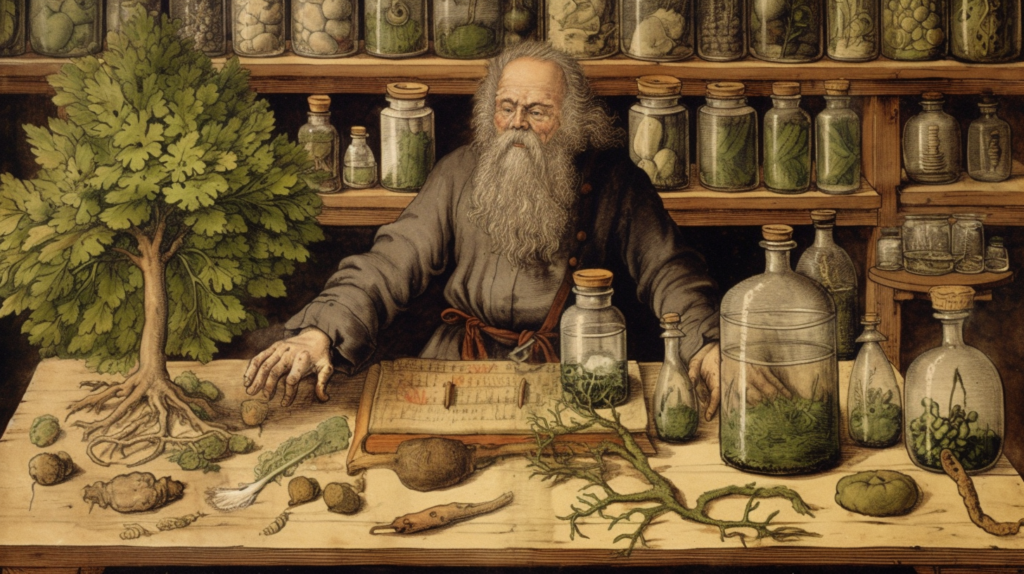
During Queen Elizabeth’s reign, uprisings led to the O’Hickeys’ expulsion from their main lands, but their medical skills ensured their survival. Notably, a pardon was granted to Donnell Oge O’ Hickey in 16022 by Elizabeth, preserving their heritage. At that time, other Hickeys also practised medicine in areas such as Glenacallagh near Killaloe, holding lands in these areas prior to Cromwell’s time.
However, in 1654, the General Confiscation led to the O’Hickeys losing all their lands. The Hearth Money Rolls from 1665-67 depict several Hickeys living in parishes near Killaloe. Following this, Loughlin O’Hickey, in 1702, successfully petitioned to reclaim the lands of Drim, which stayed within his family until 1803.
Despite the original Drim House falling into ruins, the Hickeys provided refuge for the last Friar of Quin Abbey, Rev. Father Hogan, who died in 1819. Patrick Hickey, the last of his line, passed away in 1909, leaving collateral branches of his family still residing in East Clare. Today, the Hickeys of Kilkee and other descendants represent the Drim family.
Traditionally, medical knowledge was passed down within families or taught through apprenticeships. Irish medical students also studied abroad, using Gaelic medical books preserved in European archives. From the 5th to 10th centuries, Ireland was a hub for culture and learning, and Latin was a common language, aiding students in studying foreign texts.
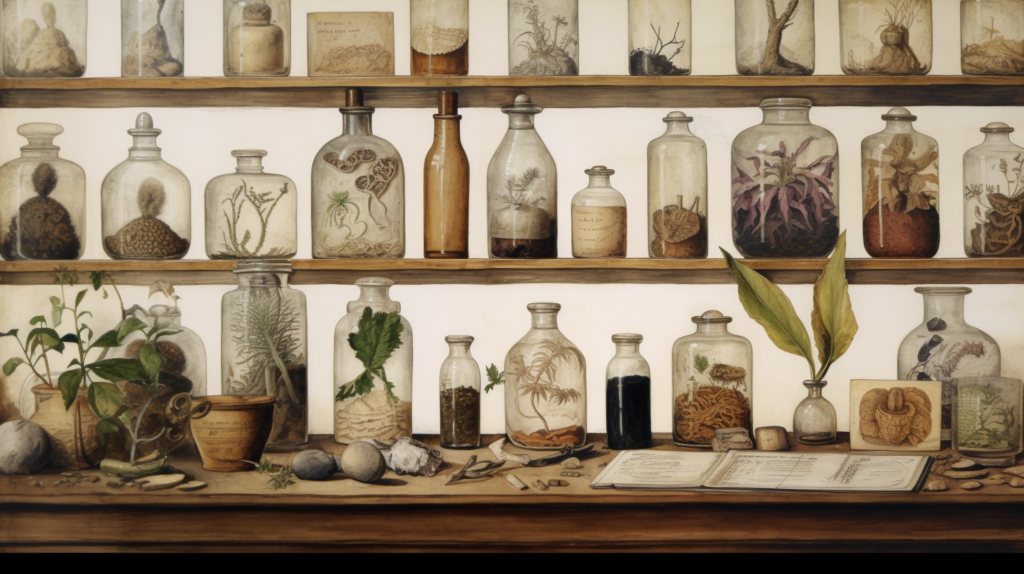
Throughout history, the O’Hickeys were renowned for brain surgery and trepanning — repairing skull injuries with silver plates. However, they faced numerous challenges due to the damp climate fostering bacteria, recurring famines weakening the population, and constant conflicts.
Notable works by the O’Hickeys include commentaries on the Aphorism of Hippocrates, translations of works from contemporary European surgeons and physicians, and several treatises on medical subjects. Their most notable work, the Book of the O’Hickeys, is held in the National Library of Ireland, Dublin.
To this day, many Hickeys practice medicine across the English-speaking world, often unknowing of their ancient connection to the medical arts. Despite advancements in medicine, the essence of their service remains the same — being friends, helpers, and advisers to those in need. In an echo of the past, these modern physicians maintain the ethos that has defined the O’Hickeys for centuries.
Despite the significant technological and scientific advancements in medicine, the core principle of providing care with empathy, patience, and respect has remained unchanged. The doctor-patient relationship is still anchored in trust, mirroring the intimate bond between the O’Hickeys and their patients over the centuries.
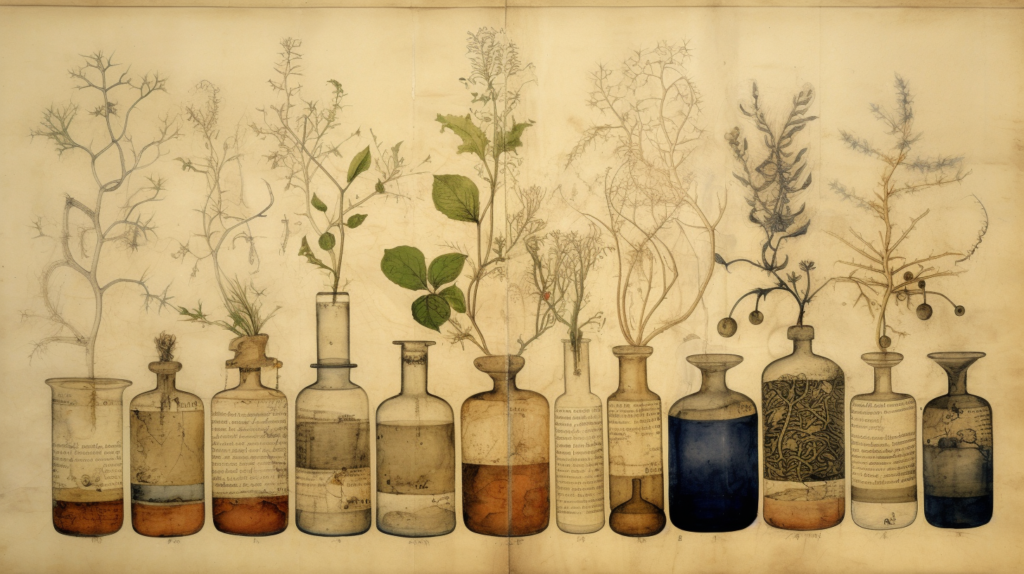
Today’s physicians are more than just healers, they serve as educators, helping patients understand their conditions and the treatment options available. They offer comfort during difficult times and celebrate triumphs, from major surgeries to minor ailments. Moreover, they provide counsel, guiding patients through the often confusing landscape of healthcare decisions.
Their roles often extend beyond the clinical environment. Many doctors are community leaders, advocating for public health initiatives and policies to improve community health and wellbeing. They are researchers, constantly pushing the boundaries of medical knowledge and contributing to the development of new therapies and treatments.
In a broader context, the current generation of physicians — the O’Hickeys and others alike — carry the torch passed down through history. They serve as a reminder that medicine is not merely a transactional service; it is a centuries-old tradition built on the foundations of empathy, knowledge, and service to humanity.
The legacy of the O’Hickeys highlights the enduring role of physicians in society. Their history is a testament to the timeless importance of healthcare professionals. Regardless of the era, their role as friends, helpers, and advisers in health remains a vital aspect of human civilization, shaping the way we live, heal, and care for one another.
